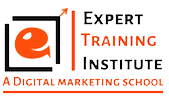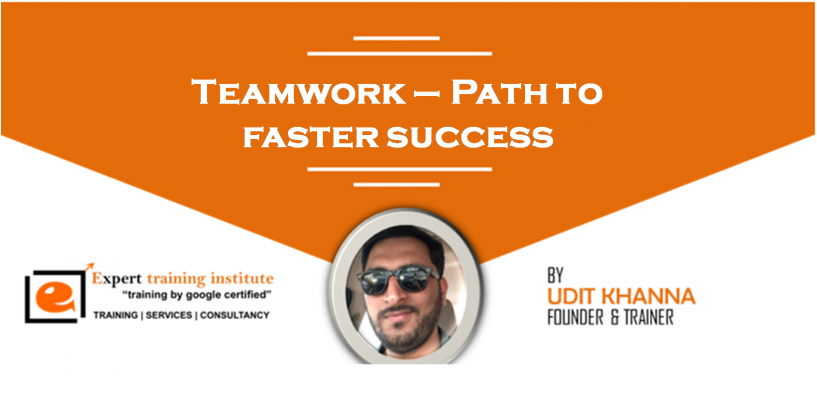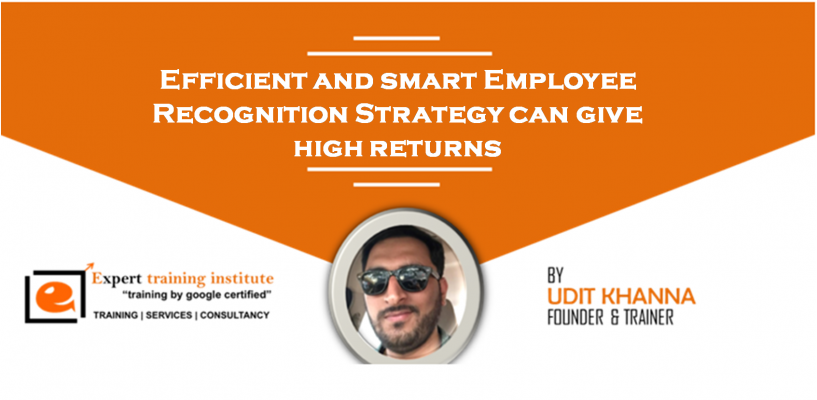During performance, Reviews avoid living in past
Performance reviews which are focused on past accomplishments alone fail to identify the real contributors. On the contrary, when future capabilities are discussed along with the past achievements, then real contributors can be identified correctly. Managers should consider future attributes of performance first in a performance review discussion, and this should set the stage for a more balanced conversation minimizing the stigma, honest and retaliation associated with negative feedback.
Future orientation is the limit up to which an individual engages in future-oriented behaviors like development and investment to prepare the workforce to meet the future organizational needs. The three essential elements of performance review, the next steps and how to incorporate them in future orientation are as follows:
Capability
Capability is broadly defined as strength or an ability that has the potential for a use or development. The discussion hovers around how an employee has demonstrated capabilities in the past, in the traditional performance reviews. In future-oriented studies, the focus has shifted to how to work with these skills for future organizational needs and success. This prepares an employee for future regulatory role needs. Performance review discussion should be started by asking the employee about the skills they want to acquire in the future in order to make the analysis future-oriented. After that talk about the skills, the employee must learn and also in the development areas the employee needs to work on to continue to provide value in their current position. Once this is done move on to a discussion of how the employee’s strengths can contribute to the organization’s future goals and vision. Keep in mind that the golden key is to motivate the employee to change under-developed skills and past negative behavior and discuss the outcomes if the employee changes their behavior.
Career Interests
Very broadly defined career interests include employee’s plans and aspirations. Most of the managers discuss an employee’s job in a separate and different conversation. Employees’ career and interests are an integral part of the discussion in future-oriented reviews. The study mainly focuses on if the career interests align with the directions of the organization and how these interests are fulfilled in the future. This makes sure that employee’s career interests fit with the organizational needs and future role. Starting the discussion by asking the employee about their future career aspirations and interests would be the best choice. After listening to the employee, it is better to discuss whether the employee’s future career goals align with the organization’s purpose and vision; if not, then the two has to be aligned.
Then move on to discuss the other possible career paths that are available to the employee given the organization’s strategy and vision for the future. At last in this section better to discuss on how the career evolution would be two ranks above the current position. This will make them firmly bonded to the organization and hence they can see a roadmap clearly.
Networking
The world we live in is highly organized where a lot of work is happening between virtual teams and managing them efficiently. Networking is an employee’s capability to make useful connections. Most of the managers discuss on how well the employee has worked with others in the past in traditional performance reviews. In future-oriented studies, they focus on what networks the employee should connect to for future success. This gives the indication that the employee is connected to the networks that are most useful for their organizational needs and future performance.
It is advised to start the discussion by taking inputs from the employee about the types which include role-related or process-related networks that they are interested in being connected to fulfill their future career aspirations. Once everything is heard, move on to discuss the types of networks that the employee needs to be connected to be successful in the future roles and how the organization can help him or her in connecting them. Offer them support by showing examples from peers and senior leaders who as mentors and coaches have an optimistic impact on the employee’s future performance. Lastly, it is always better to leverage what’s in hand and never forget to keep in mind what an employee can contribute to a higher level of future performance.



